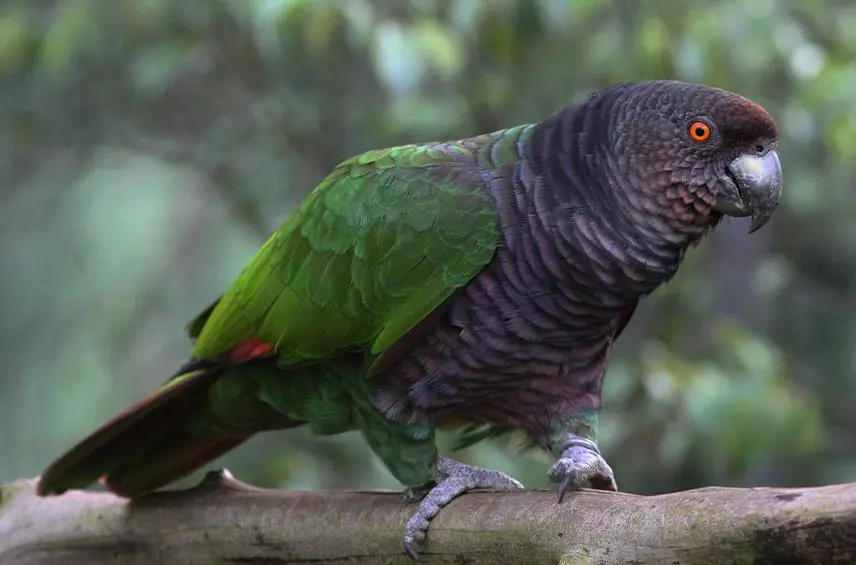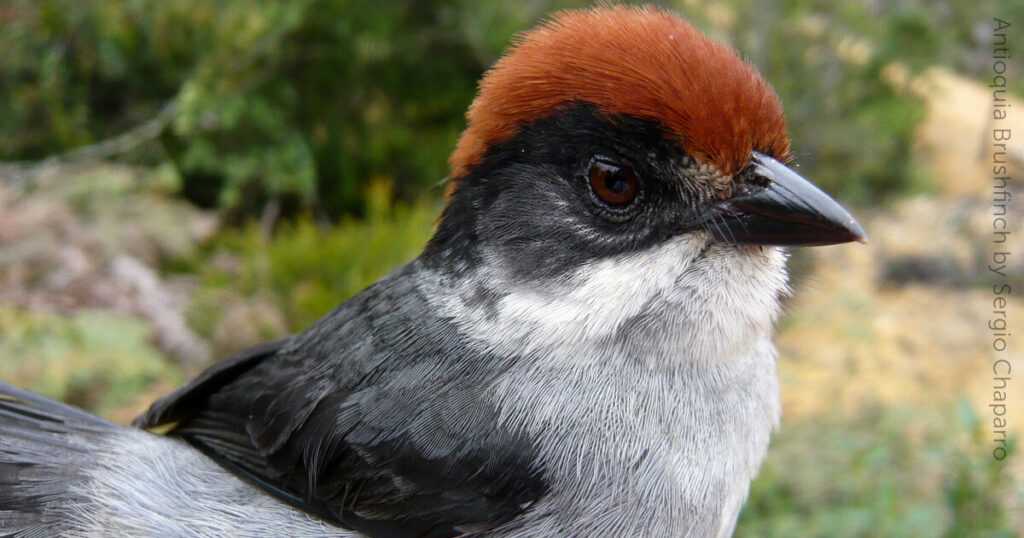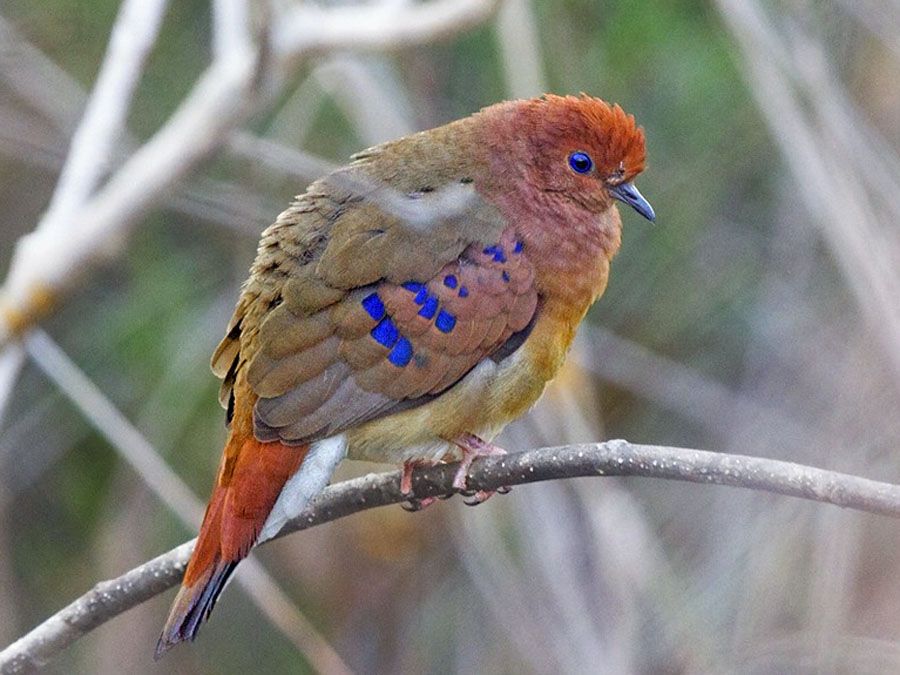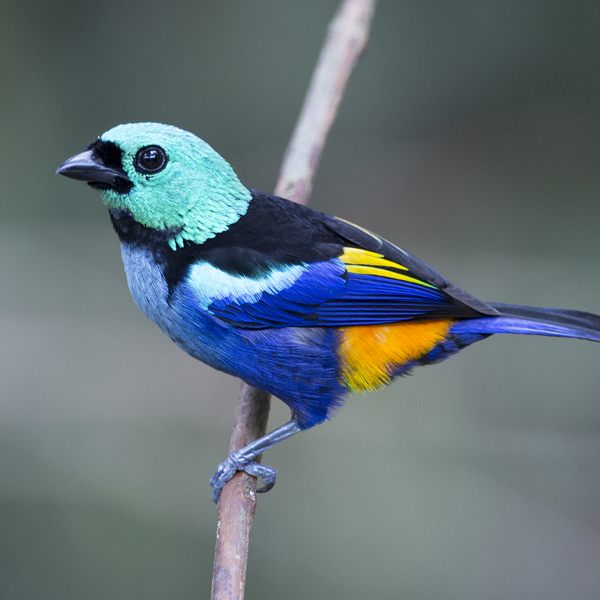All Time 10 Rarest Birds in the World, Birds are widely regarded as among the most stunning animals on the planet, despite the fact that they are also among the most endangered.
These magnificent beings are frequently indicator species, meaning that they inform humans of changes in the surrounding ecosystem.
Unfortunately, human activity has had a terrible impact on the natural habitat of a great number of birds all over the world, and as a result, many of these birds are on the verge of being extinct.
In point of fact, two of the birds on this list are so rare that they no longer exist in the wild; the only specimens left are kept in captivity.
Despite the fact that humans continue to pose a threat to birds, there are a number of conservation programmes that are now being utilised to safeguard the majority of the species included on this list.
In addition, there are breeding programmes that are currently being carried out with the intention of one day reintroducing a number of these species back into the wild.
It is my sincere hope that drawing attention to these endangered birds will encourage increased conservation efforts not only for them but also for the rest of the world’s bird species.
This list contains information that is, as of October 2020, as accurate as it can possibly be and will be updated as necessary. Estimates of the population are derived from the most recent information that was made available.
All-Time 10 Rarest Birds in the World 2024
1. Spix’s Macaw
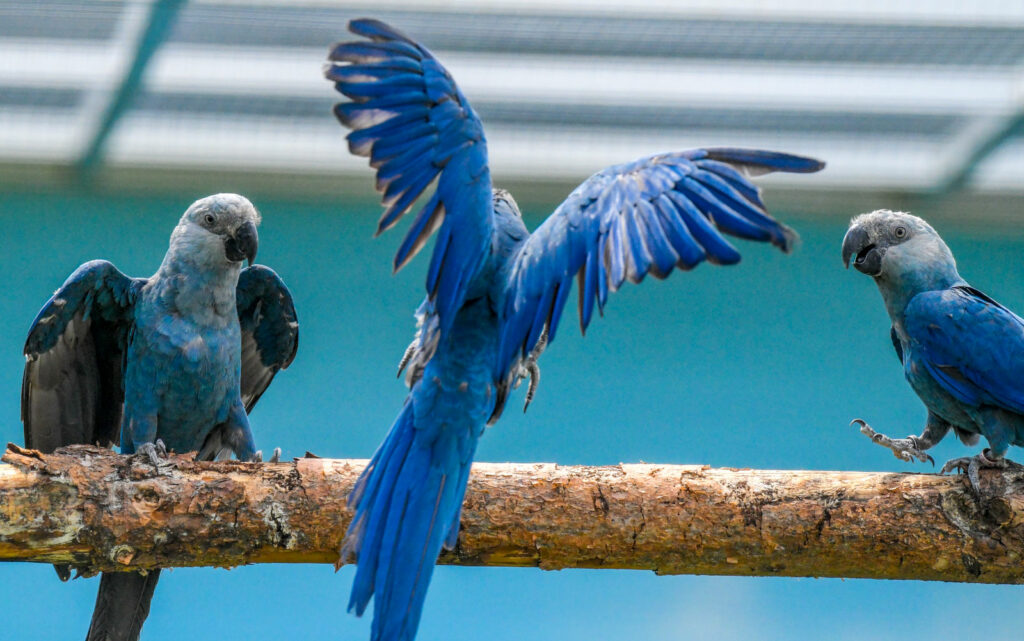
- Estimated Population (Total Wild and In Captivity Numbers): about 180
- Location: Pernambuco and Bahia, Brazil; now only in captivity
- Current Conservation Status: Extinct in the Wild (EW)
- Scientific Name: Cyanopsitta spixii
The Spix’s Macaw, which was brought to widespread public attention by the computer-animated film Rio (2011), has been declared extinct in the wild; nevertheless, there are still a few individuals living in captive breeding programmes and a few individuals who are privately owned.
The Spix’s Macaw once called the Brazilian states of Pernambuco and Bahia home before it became extinct.
In spite of all the unfavourable news emanating from the year 2020, there is some positive information: at the beginning of March, environmentalists made the announcement that 52 Spix’s Macaw parrots were getting ready to be released back into the wild.
There are approximately 180 Spix’s Macaw parrots that are in good health and participating in the captive breeding programme at the moment.
Did It Cross Your Mind?
Every single one of today’s Spix’s Macaws is a direct descendant of just seven original birds that were captured in the wild in the early 1980s.
2. Madagascar Pochard
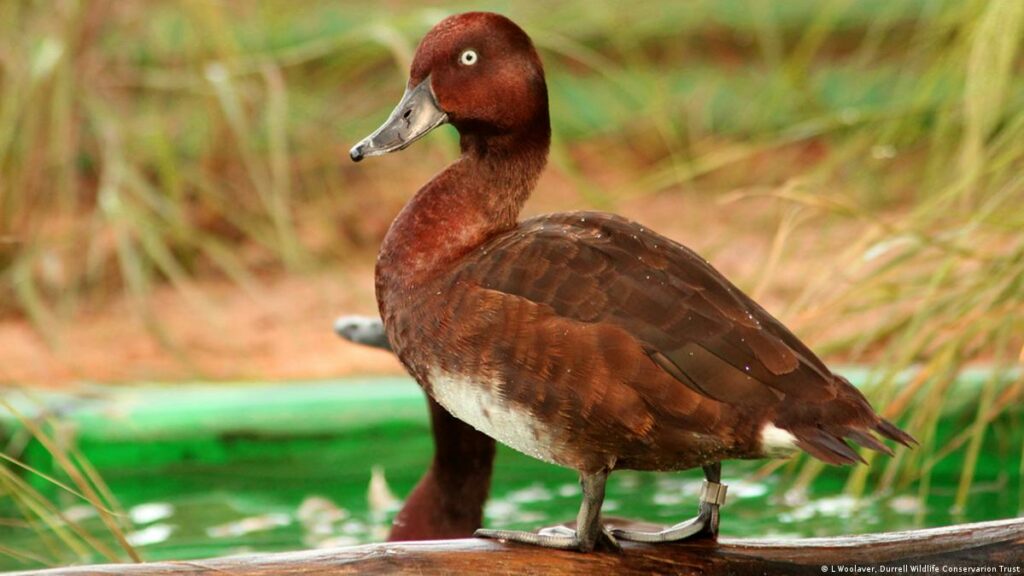
- Estimated Population (Total Wild and In Captivity Numbers): fewer than 150
- Location: Wetlands of Madagascar
- Current Conservation Status: Critically Endangered (CR)
- Scientific Name: Aythya Innotata
The Madagascar Pochard, also known as a diving duck, is one of the rarest species on this list. Over the past few years, thanks to successful conservation efforts, the population of this diving duck has seen a significant increase.
The Madagascar Pochard was thought to have been extinct for a very long time before it was rediscovered in the wild in 2006.
Following several years of study and a productive breeding programme, a group of young adult Pochards was let loose on Lake Sofia in Madagascar.
Roughly a year after their release, ducklings were discovered in the lake. Although this is encouraging news, less than a dozen of the adult Madagascar Pochards who were released are currently found living on the lake, and the remaining birds cannot be located.
There are still a significant number of Madagascar Pochards kept as pets, which is a significant boon to the ongoing conservation efforts.
Did It Cross Your Mind?
The majority of the Madagascar Pochard’s diet consists of aquatic insects, particularly larvae of dragonflies and caddisflies.
3. Hawaiian Crow
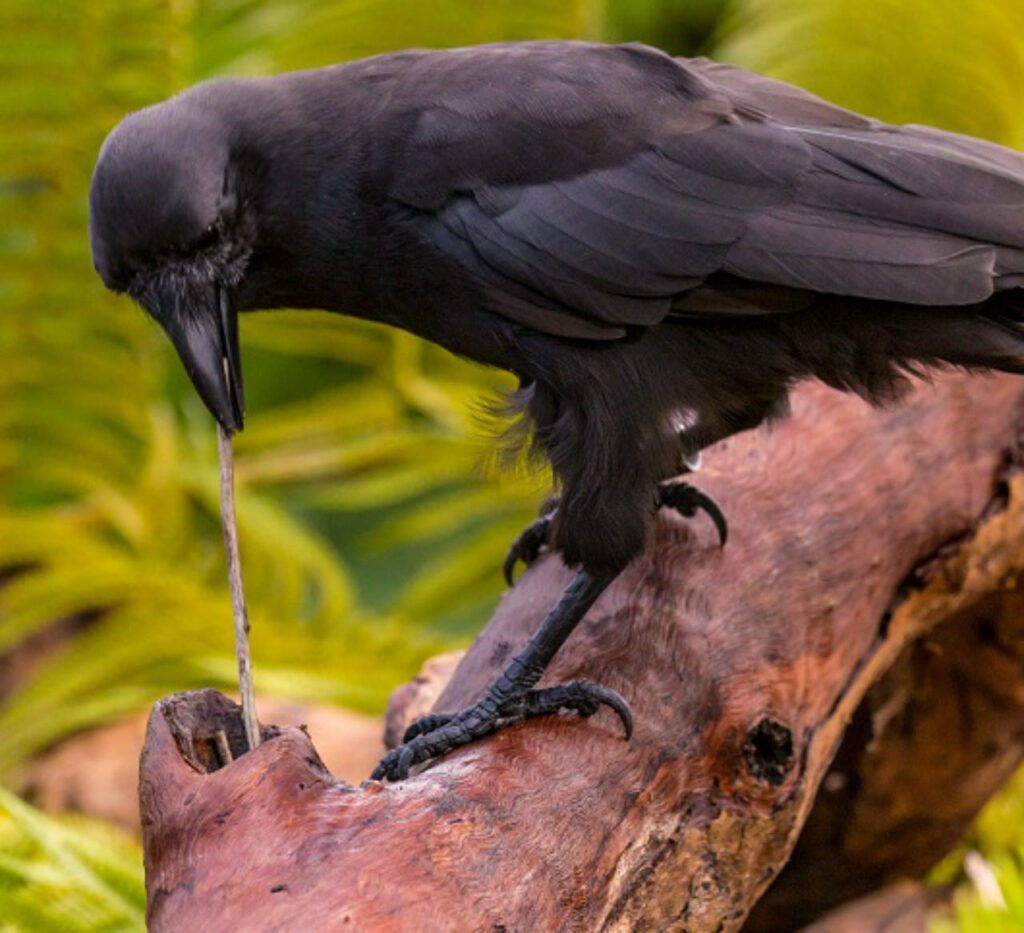
- Estimated Population (Total Wild and In Captivity Numbers): about 115
- Location: Slopes of Mauna Loa and Hualālai, Big Island, Hawaii
- Current Conservation Status: Extinct in the Wild (EW)
- Scientific Name: Corvus hawaiiensis
In addition to the Spix’s Macaw, the Hawaiian Crow, which natives referred to as “Alal,” was another species of bird that became extinct in its natural habitat.
Along the same lines as the conservation of the Spix’s Macaw, there have been significant efforts made to preserve the Hawaiian Crow, and in 2019, a breeding pair was restored to its natural environment.
Although the pair did construct a nest and deposit eggs, none of the eggs ever hatched; however, it is not unusual for Hawaiian Crows to lay eggs that are sterile.
In addition to this failed hatching, breeding Hawaiian Crows in captivity has been problematic due to the small remaining population’s high rate of inbreeding, which has resulted in poor genetic diversity.
Did It Cross Your Mind?
The Hawaiian Crow is the most endangered of the corvid species, and unlike other corvids, it does not adjust well to the presence of humans. In addition to being hunted by people, Hawaiian Crows must contend with other predators such as dogs, cats, mongooses, Hawaiian Hawks, and tree-climbing rodents.
4. Cebu Flowerpecker
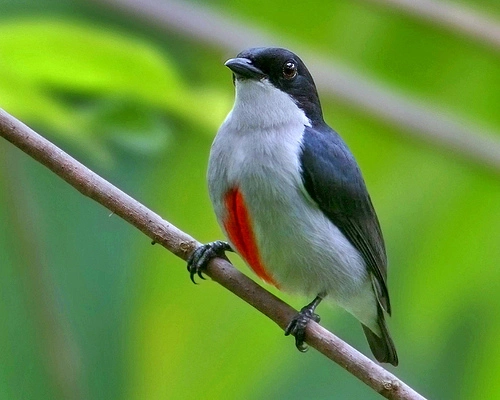
- Estimated Population (Total Wild and In Captivity Numbers): fewer than 105
- Location: Cebu Island, Philippines
- Current Conservation Status: Critically Endangered (CR)
- Scientific Name: Critically Endangered (CR)
The Cebu Flowerpecker can only be found on the island of Cebu in the Philippines, which is where its name originates from.
Researchers had hypothesised that the widespread destruction of habitat in the early part of the 20th century led to the extinction of the Cebu Flowerpecker.
The Flowerpecker was thought to be extinct until it was found again in 1992 in a small limestone forest within the Central Cebu Protected Landscape.
Despite the increased interest in trying to protect the Cebu Flowerpecker in recent years, not much is known about the species.
There are probably less than 105 Cebu Flowerpeckers still living in the wild today, according to estimates.
Did It Cross Your Mind?
The Cebu Flowerpecker is a frugivore, which means that it consumes flowers and fruits of relatively modest size.
5. New Caledonian Owlet-Nightjar
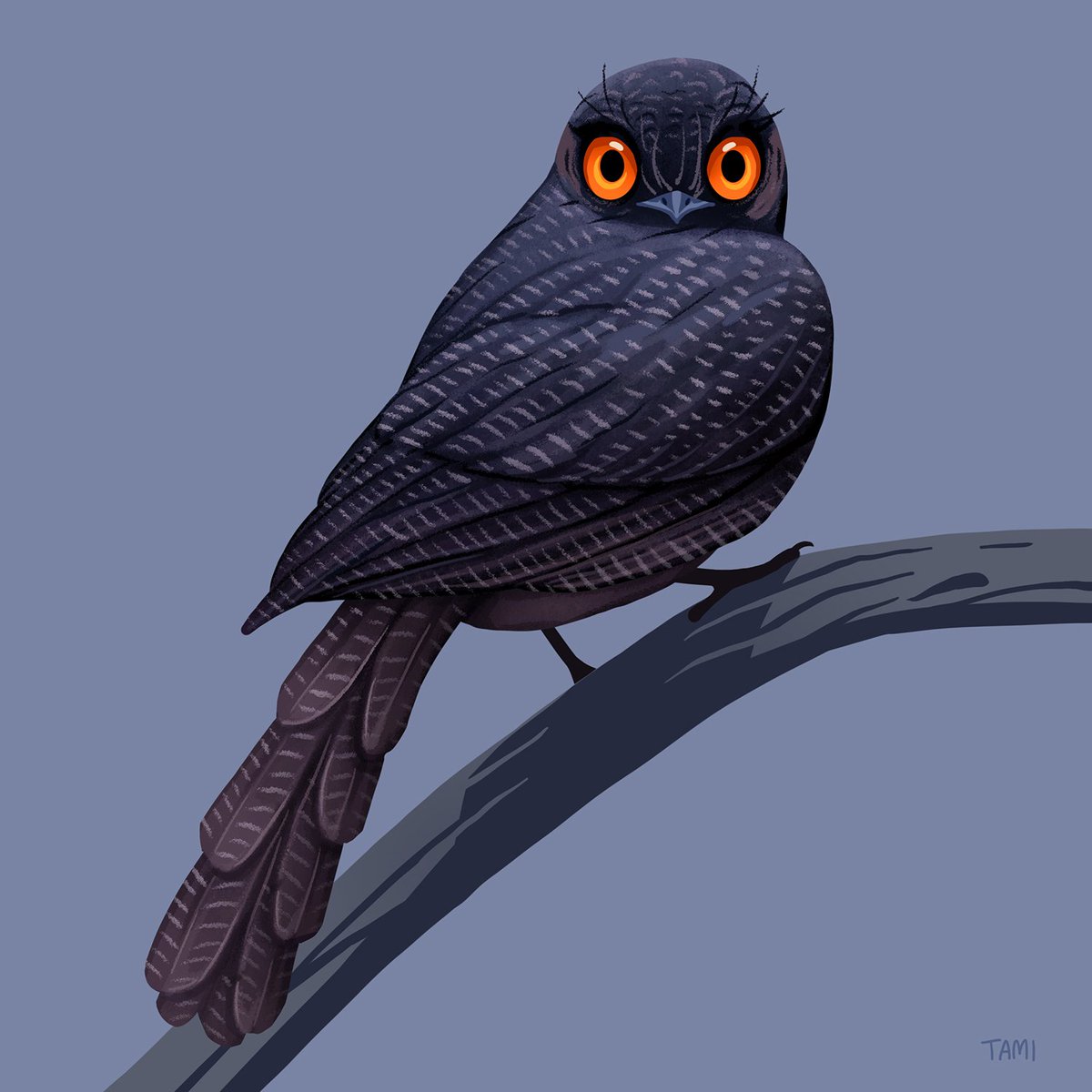
- Estimated Population (Total Wild and In Captivity Numbers): fewer than 50
- Location: Maleluca Savanna and Humid Forests of New Caledonia
- Current Conservation Status: Critically Endangered (CR)
- Scientific Name: Aegotheles savesi
Even though it occupies the second-to-last spot on this list, the New Caledonian Owlet-Nightjar is often considered to be the most enigmatic of all the world’s most endangered bird species.
There were only a couple of specimens taken in the year 1880, and only a few sightings were reported in 1915.
The New Caledonian Owlet-Nightjar was last seen in the year 1998, the most recent time it was spotted.
Researchers estimate that there are still fewer than 50 individuals of the New Caledonian Owlet-Nightjar alive today, despite the fact that there haven’t been any recent observations of the species.
Due to the fact that the New Caledonian Owlet-Nightjar is so elusive, there are no conservation programmes currently in place for it.
Did It Cross Your Mind?
It is possible that the New Caledonian Owlet-Nightjar lives more of its life on the ground than other species of owlet-nightjars do because its legs are longer than those of other owlet-nightjar species.
6. Imperial Amazon
- Estimated Population (Total Wild and In Captivity Numbers): fewer than 50
- Location: Island of Dominica
- Current Conservation Status: Critically Endangered (CR)
- Scientific Name: Amazona imperialis
Dominica is the only place in the Caribbean where you may find the Imperial Amazon, also called the Sisserou by the people who live there.
Following Hurricane Maria in 2017, the number of Imperial Amazons living on the island has significantly decreased from the time when there were several hundred of them living there.
It is estimated that there are fewer than fifty individuals, and since the hurricane, very few birds have actually been seen.
The Imperial Amazon is in danger not only because of the regular hurricanes that strike Dominica but also because of the loss of habitat.
Although the location where the Imperial Amazon resides is protected, the lands immediately surrounding it are not.
Did It Cross Your Mind?
There is a possibility that the Guadeloupe Amazon and the Imperial Amazon are the same bird, or at least a near relative of each other.
7. Antioquia Brushfinch
- Estimated Population (Total Wild and In Captivity Numbers): fewer than 50
- Location: Northern Antioquia, Colombia
- Current Conservation Status: Critically Endangered (CR)
- Scientific Name: Atlapetes blancae
Another bird on our list that was considered to be extinct for a very long time before it was just rediscovered is the Antioquia Brushfinch.
our bird was found in Antioquia, Colombia. In 2018, an agronomist from San Pedro de los Milagros, Colombia, who specialises in the science of soil management and crop development spotted this bird on his way to Sunday mass.
An agronomist is an expert in the science of soil management and crop production. Since that time, researchers have observed a total of four populations of the Antioquia Brushfinch, all of which have fewer than fifty members combined.
There is a need for additional research to identify whether or not the population of Antioquia Brushfinches is steady at the present time.
Did It Cross Your Mind?
The scientific name for the Antioquia Brushfinch is Blancae, which not only alludes to the bird’s white underparts but also pays tribute to Blanca Huertas, the Colombian lepidopterologist who was responsible for the bird’s initial discovery.
8. Blue-eyed Ground-Dove
- Estimated Population (Total Wild and In Captivity Numbers): fewer than 20
- Location: Cerrado Region of Brazil
- Current Conservation Status: Critically Endangered (CR)
- Scientific Name: Columbina cyanosis
The Blue-eyed Ground-Dove is yet another bird native to Brazil that is extremely rare and on the verge of extinction.
Because it had not been seen since 1941, researchers believed that the Blue-eyed Ground-Dove had been extinct.
However, it was not found again until 2015. Rafael Bessa, an ornithologist, overheard a strange bird call, recorded it, and then played it back.
This resulted in a Blue-eyed Ground-Dove coming out of hiding. Within a relatively short area, it has been determined that there are currently three separate groups of Blue-eyed Ground-Doves
Did It Cross Your Mind?
The natural grass species Lagenocarpus rigidus is the preferred habitat for Blue-eyed Ground-Doves because, once it reaches maturity, it yields a large number of seeds that the birds consume.
9. Stresemann’s Bristlefront
- Estimated Population (Total Wild and In Captivity Numbers): One known individual
- Location: Mata do Passarinho Preserve, Atlantic Forest, Brazil
- Current Conservation Status: Critically Endangered (CR)
- Scientific Name: Merulaxis stresemanni
Only one known individual of the Stresemann’s Bristlefront has been spotted in the wild during the past few years, making it the second rarest bird in the world.
Researchers had been looking for Stresemann’s Bristlefronts for several years when they finally saw a female in 2018. This gave them optimism that there might still be a small number of the birds alive.
Since it was discovered for the first time in the 1830s, Stresemann’s Bristlefront has been a cryptic bird that has only been seen after a period of several decades.
The Mata do Passarinho Preserve, where the Stresemann’s Bristlefront may be found, is a protected environment, and there have been efforts made to encourage the birds to reproduce and nest there.
Did It Cross Your Mind?
The last time an active nest of Stresemann’s Bristlefront was seen was in 2016, however a severe drought in the Mata do Passarinho Preserve led to fires that damaged vital habitats.
The last time an active nest of Stresemann’s Bristlefront was seen was in 2016. Since the female Stresemann’s Bristlefront was observed in 2018, there has been no information regarding whether or not further individuals of this species have been seen.
10. Bahama Nuthatch
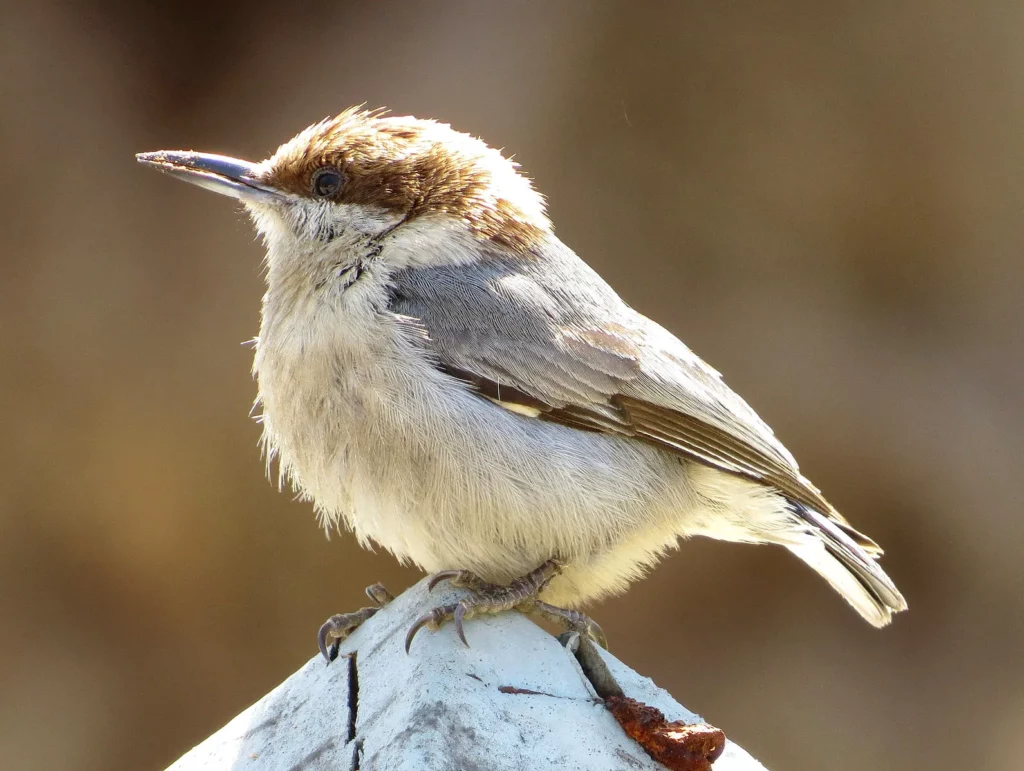
- Estimated Population (Total Wild and In Captivity Numbers): None have been observed since 2018
- Location: None have been observed since 2018
- Current Conservation Status: Critically Endangered (CR), possibly completely extinct
- Scientific Name: Sitta pusilla insularis
There have been no sightings of the Bahama Nuthatch since the year 2018, making it the rarest bird in the world at this time.
In the same year, after an extensive search, researchers were overjoyed to locate a few of Bahama Nuthatches together as well as a few more individuals.
Before now, a Bahama Nuthatch had not been spotted since 2016 due to the tremendous habitat loss that has been caused by regular hurricanes in the Bahamas, as well as the introduction of exotic species and the construction of tourist attractions.
Unfortunately, following the devastation caused by Hurricane Dorian in 2019, the majority of experts in the field of ornithology think that the Bahama Nuthatch no longer exists.
There has never been an effort made to create a breeding programme for the Bahama Nuthatch that is successful in captivity, and there are only a few dozen specimens of this bird spread among the world’s museum collections.
All Time 10 Rarest Birds in the World – Newshub360.net
Related Post
Credit: www.Newshub360.net

